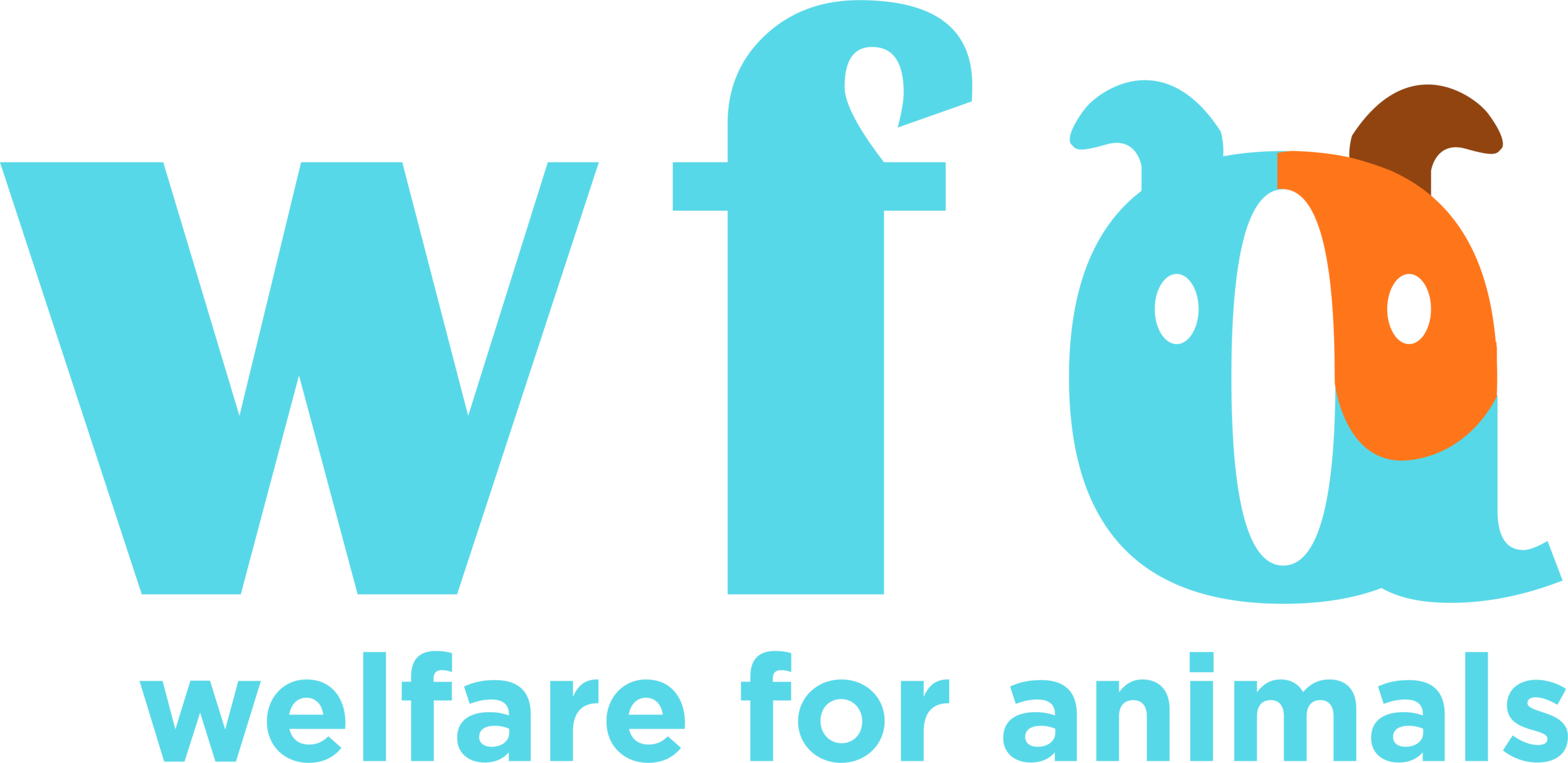Don’t Jerk or Pull, Use a Harness Part 1/4
Part 1- Fido Pulls
You just got your very first dog named Fido, completed his full vaccinations series, and are hopping with excitement as you go to the pet store to get your dog’s very first leash, collar and harness so that you can take Fido out for his first walk.
Buying your dog’s first leash, collar and harness.
When you get to the pet store, you’re left dumbstruck and overwhelmed as in front of you are walls full of collars, chains, harnesses and leashes. You grab whatever is the cutest or recommended by the online training video you watched, pet store staff or friends, run home and put it onto your dog, take a photo, proudly post it on Instagram or Facebook and go outside for your first walk
But your first walk with Fido doesn’t go well, at all. Fido pulls really hard and in 1 million different directions. You shout at him, get angry, jerk back hard on the leash to try to stop him from pulling, but he STILL pushes forward in excitement, at times choking or struggling to breathe against the collar, his tiny front paws dancing in the air as he strains to pull forward.
A dog pulling on a leash makes daily dog walks unenjoyable for you and your dog
Doing this to a dog is not right or funny, it is dangerous and can lead to long-term lifelong injuries, loss of eyesight and in some cases death.
Why do dogs pull on the leash?
One of the most common complaints I hear as a trainer is “My dog pulls on the leash!” When walking a dog that pulls it can feel like your arms are being yanked out of their sockets or worse, your dog lunges at an incoming bicycle, car, person or dog out of fear or frustration, making walks highly stressful not fun experiences. It might be uncomfortable for you if your dog pulls, but the experience of pulling is something your dog doesn’t enjoy either.
Many puppies will sit down, highly confused when walking on a leash because being on a leash is not natural for a dog.
Dogs pull because:
o When your dog pulls, you jerk your dog back on the leash, which is painful and aversive/punishment based training. Before you jerk the leash, the leash slackens, and a dog will soon learn that a slackened or loose leash means that pain will follow (I never recommend any of my dog students use this painful and outdated training method)
o Walking on a leash that is attached to a collar, a choke collar or a slip leash hurts their neck as it creates tightness around their neck
o You’re using a retractable/extendable leash which is designed to always be tight, so whatever your dog does, the leash is always taunt, so your dog gives up trying to have a loose leash
o You’re having a bad day and are taking your emotions out on your dog, often yelling at them, jerking the leash or holding the leash so tight your dog has no room to move. At this point your dog will try anything to not be near you
o Your dog has a very high stress level or is overwhelmed by the environment they are in, which makes them walk faster and concentrating difficult
o Every time a dog pulls, the pulling is then reinforced
Dogs learn through association. If your dog pulls towards another dog, person, something on a walk and you give them pain, by jerking them on the leash or by using collars that inflict pain, your dog will then associate the presence of other dogs or other stimuli with pain leading to fear and aggressive-based behaviours.
The question you need to consider when looking at any collar, harness, leash or other equipment for your dog, is; “Will it cause my dog pain?” If so, don’t get it.



